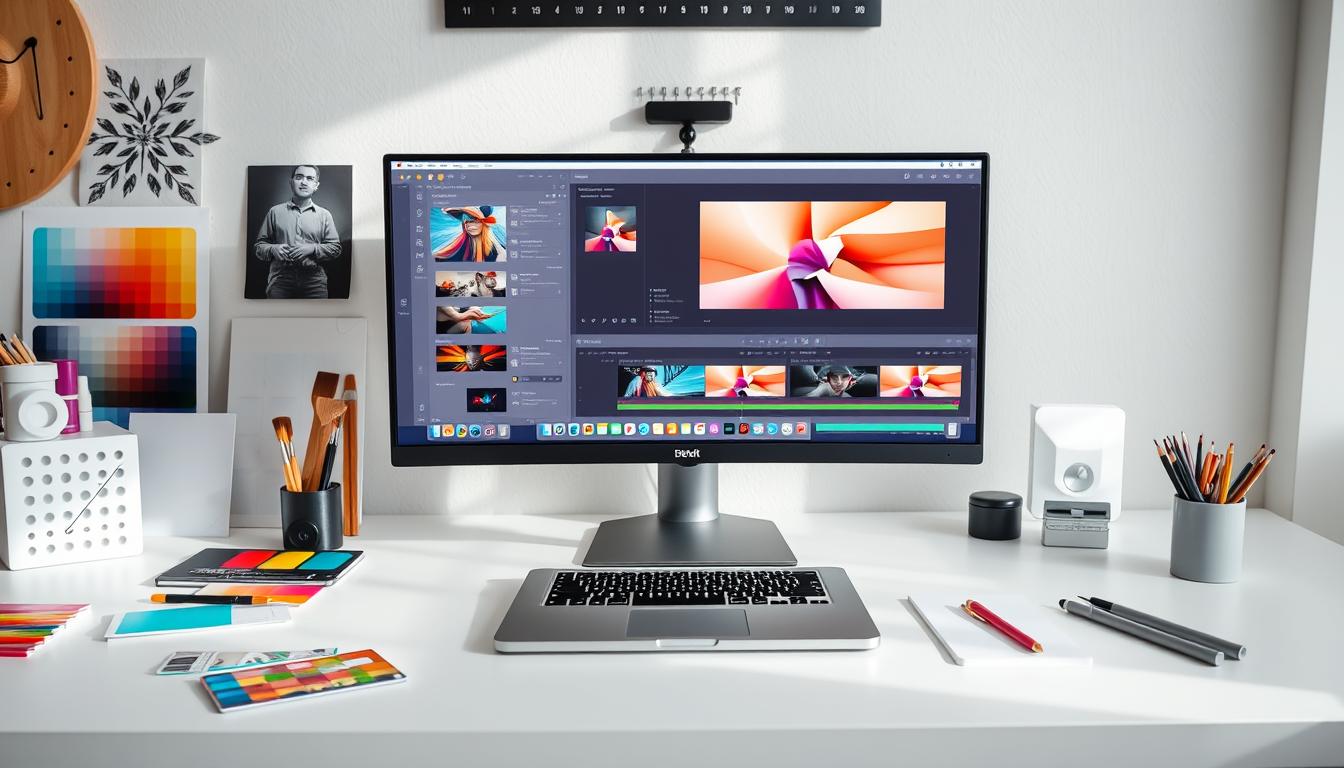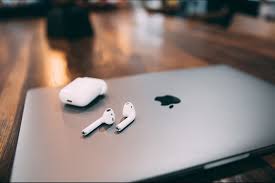
How to Connect AirPods to MacBook: A Step-by-Step Guide
Introduction
If you own a MacBook and AirPods, you’re in for a treat! Apple has designed these devices to work seamlessly together, allowing you to enjoy high-quality sound, noise cancellation (on AirPods Pro), and automatic switching between devices.
But what if your AirPods don’t connect right away? Or maybe you’re setting them up for the first time and need a little help? No worries! In this guide, I’ll walk you through how to connect AirPods to MacBook, troubleshoot any issues, and customize settings for the best experience.
Let’s get started! 🎧
Checking Compatibility Before You Connect
Before we jump into the connection steps, let’s make sure your MacBook and AirPods are compatible.
🔍 Is Your MacBook Compatible with AirPods?
AirPods work with most MacBooks, but for the best experience, check your macOS version:
- AirPods (1st & 2nd Gen) – Works with macOS Sierra (10.12) or later
- AirPods (3rd Gen) & AirPods Pro – Works best with macOS Big Sur (11.0) or later
- AirPods Max – Fully supported on macOS Big Sur and later
To check your macOS version:
- Click the Apple menu () in the top-left corner.
- Select “About This Mac.”
- Your macOS version will be displayed here.
🔋 Are Your AirPods Ready?
Before pairing, ensure:
✅ AirPods are charged (at least 20% battery).
✅ The charging case has enough power.
✅ Bluetooth is turned on on your MacBook.
How to Connect AirPods to MacBook for the First Time
If this is your first time pairing your AirPods with your MacBook, follow these steps:
Step 1: Enable Bluetooth on Your MacBook
- Click the Apple menu () and select “System Settings” (or “System Preferences” on older macOS versions).
- Click “Bluetooth” and make sure it is turned on.
Step 2: Put AirPods in Pairing Mode
- Open the AirPods charging case (leave the AirPods inside).
- Press and hold the setup button (on the back of the case) until the LED light flashes white.
- This means your AirPods are ready to pair.
Step 3: Connect AirPods to MacBook
- On your MacBook’s Bluetooth settings, locate your AirPods under “Devices.”
- Click “Connect.”
- Wait a few seconds until you see “Connected.”
🎉 That’s it! Your AirPods are now connected and ready to use with your MacBook.
How to Switch AirPods Between MacBook and Other Apple Devices
Apple’s Handoff and iCloud integration make it super easy to switch between your MacBook, iPhone, and iPad without manually pairing every time.
Using iCloud for Automatic Switching
If you’re logged into the same Apple ID on all devices, your AirPods should automatically connect to whichever device is actively playing audio.
To enable this feature:
- Open System Settings > Bluetooth on your MacBook.
- Click the (i) button next to your AirPods.
- Set “Connect to This Mac” to “Automatically.”
Now, your AirPods will switch effortlessly between your Mac, iPhone, and iPad!
Manually Switching AirPods to Your MacBook
If your AirPods don’t automatically connect, you can do it manually:
Method 1: Using the Bluetooth Menu
- Click the Bluetooth icon in the menu bar.
- Select your AirPods and click “Connect.”
Method 2: Using Sound Settings
- Click the Apple menu () > System Settings > Sound.
- Under “Output & Input,” select your AirPods.
This is useful if your AirPods are still connected to your iPhone but you want to use them with your MacBook.
Troubleshooting Common AirPods Connection Issues
Sometimes, AirPods don’t connect as smoothly as we’d like. Here’s how to fix common problems:
🔴 AirPods Not Showing in Bluetooth Devices?
✅ Solution: Reset your AirPods
- Put AirPods in the charging case and close the lid for 30 seconds.
- Open the lid and press the setup button until the LED flashes amber, then white.
- Try pairing them again.
🔴 Poor Audio Quality or Lag?
✅ Solution:
- Check if your MacBook is using AirPods as the output device (System Settings > Sound > AirPods).
- Disconnect and reconnect your AirPods.
- Restart your MacBook.
🔴 AirPods Keep Disconnecting?
✅ Solution:
- Make sure your macOS is up to date.
- Reset your AirPods and reconnect them.
- Go to System Settings > Bluetooth, click (i) next to your AirPods, and toggle “Connect to This Mac” > “Automatically.”
Customizing AirPods Settings for the Best Experience
Once connected, you can personalize your AirPods settings to get the most out of them.
🎵 Adjusting Noise Cancellation (For AirPods Pro & Max)
- Go to System Settings > Bluetooth.
- Click the (i) icon next to your AirPods.
- Choose Noise Cancellation, Transparency Mode, or Off.
🎙️ Changing Tap or Press Functions
Want to customize what happens when you double-tap your AirPods?
- In Bluetooth settings, select your AirPods.
- Customize double-tap or press functions (e.g., Play/Pause, Next Track, Siri, etc.).
🔊 Enabling Spatial Audio
For an immersive experience:
- Open Bluetooth settings, find your AirPods, and enable Spatial Audio.
How to Disconnect or Remove AirPods from MacBook
Temporarily Disconnecting
- Click the Bluetooth icon in the menu bar.
- Select your AirPods and click “Disconnect.”
Permanently Removing AirPods
- Go to System Settings > Bluetooth.
- Click the (i) icon next to your AirPods.
- Click “Forget This Device.”
This will remove them from all Apple devices linked to your iCloud.
Final Thoughts: Enjoy Seamless AirPods & MacBook Connectivity
Now that you know how to connect AirPods to MacBook, you can enjoy wireless audio without the hassle of tangled cords! Whether you’re working, watching movies, or making calls, AirPods offer crystal-clear sound and a seamless Apple ecosystem experience.
Quick Recap:
✅ First-time pairing? Use Bluetooth settings to connect.
✅ Want automatic switching? Enable it in Bluetooth settings.
✅ Having connection issues? Reset your AirPods & Bluetooth.
Now go ahead, put on your AirPods, and enjoy the freedom of wireless audio on your MacBook






What a informative article you wrote.